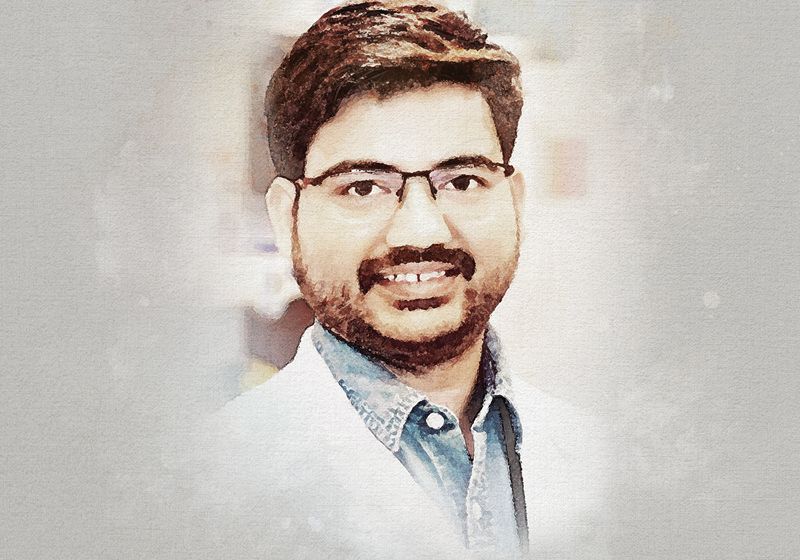Blending molecular precision with curiosity, this postdoc delves into epigenetic regulation to illuminate immune mechanisms in disease.
Q | Write a brief introduction to yourself including the lab you work in and your research background.
I am Sudhir Kumar, a dedicated researcher in the Department of Microbiology and Immunology at Emory University in Atlanta, where my work focuses on the discovery of novel transcription factors that regulate programmed cell death protein 1 (PD-1) expression. I investigate how transcriptomic and epigenetic mechanisms reprogram T and B lymphocytes to advance innovative, epigenetic-based therapies for chronic infections and cancer.
Q | How did you first get interested in science and/or your field of research?
Raised in Varanasi in a household that valued education and perseverance, I earned a place at Jawahar Navodaya Vidyalaya, a fully subsidized boarding school. Later, at the All India Institute of Medical Sciences (AIIMS), New Delhi, I witnessed the stark realities of health disparities. That experience anchored my decision to pursue biomedical research to make tangible improvements in patient care.
Q | Tell us about your favorite research project you’re working on.
Among my various research accomplishments, the one I am most proud of is my work on ovarian cancer, particularly the study titled “Unexplored Role of Specific B Cell Subpopulations in the Ovarian Cancer Microenvironment.” This research uncovered how distinct B cell subsets contribute to tumor progression and immune modulation within the ovarian tumor microenvironment, an area that has remained largely understudied.
What made this achievement especially meaningful was receiving a fellowship award from the Ovarian Cancer Research Alliance (OCRA) in recognition of this work. That moment was incredibly special to me; not only because it validated the scientific impact of my research, but also because it highlighted the importance of investigating underexplored immune mechanisms in cancer. Being recognized by a leading organization in ovarian cancer research was both humbling and deeply motivating. It reaffirmed my commitment to advancing cancer immunology and inspired me to continue pushing boundaries in search of new therapeutic strategies.
Q | What do you find most exciting about your research project?
Who I am today is shaped not just by successes but also by the personal and professional challenges that reshaped me along the way. One such moment was during my first postdoctoral position, where the research was heavily focused on animal models, an area in which I had very little prior experience. Initially, I felt out of place and overwhelmed, but rather than letting that discourage me, I chose to view it as an opportunity to grow. I quickly immersed myself in learning, turning what was once a weakness into a strength, and ultimately carved out my place on the team.
Around the same time, I encountered a technical challenge with one of the most widely used techniques in biomedical research, Western blotting. Despite repeated attempts, I was not getting reliable results. Frustrated but determined, I decided to take a step back and return to the basics. I redesigned the experiments using a more traditional, methodical approach, and to my relief, it worked. That experience taught me the value of adaptability, patience, and humility in science. It reminded me that stepping back is sometimes the fastest way to move forward.
Q | If you could be a laboratory instrument, which one would you be and why?
I would be a spectrophotometer. There’s something fascinating about the way it takes something seemingly invisible light and uses it to reveal hidden truths about a sample. A spectrophotometer doesn’t just measure; it translates subtle differences into meaningful data, pulling patterns out of the unknown. I like the idea of helping people see beyond what their eyes can capture, shining light (literally and figuratively) on the mysteries of science. It embodies both precision and curiosity: reliable enough to anchor rigorous research, yet versatile enough to explore everything from DNA to pigments in a flower petal. Being that kind of bridge between what is unseen and what is understood feels like the perfect balance of creativity and accuracy. In many ways, it’s the instrument equivalent of a thoughtful interpreter, quietly working in the background, but critical to expanding knowledge.
Are you a researcher who would like to be featured in the “Postdoc Portraits” series? Send in your application here.

